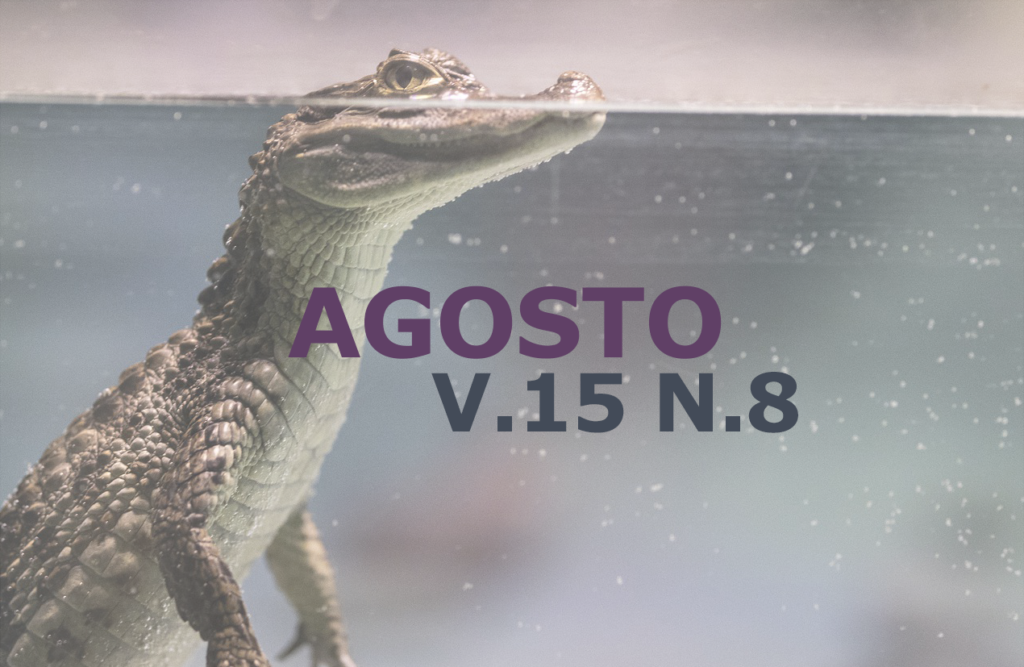Milk yield of zebu cows managed on tropical pastures
DOI:
https://doi.org/10.31533/pubvet.v15n08a896.1-8Keywords:
Crossbreeding Holstein cattle, Gyr, Sindi, total solidsAbstract
Brazilian milk production is characterized by the exploitation of tropical pastures, using zebu animals, purebred or crossed with European dairy breeds. Milk's composition is an important factor in the economic efficiency of the entire production chain. The objective of this study was to evaluate the milk production and composition of cows of different racial types in tropical pastures. The experiment was carried out at Fazenda Estância Orestes Prata Tibério Junior of Brazilian Zebu Breeders Association (ABCZ) using the 20 ha experimental area formed by 13 paddocks in a rotational grazing system, with Brachiaria Brizantha cv Paiaguas pasture. The animals were handled with 1 day of occupation in each paddock, offering 10% of the animal live weight in forage (DM). The experimental period was 18 days, with 13 days of adaptation and 5 days of evaluations. The protein-energetic supplement (28% CP) was supplied individually at the rate of 1 kg for each 3 kg of milk produced, being parceled twice a day, always after milking. 14 dairy cows were evaluated, 8 of the Gyr breed, 2 of the Sindi breed and 3 Guzolando animals. Milking was performed twice a day, at 5:00 am and 4:00 pm. Weighing the milk was done daily. The analysis of fat and non-fat solids (SNG), including protein, carbohydrates, minerals and vitamins, were carried out by the infrared process with a Bentley 2000 analyzer (Bentley Instruments ®). A completely randomized design was used, with 3 treatments (Gyr, Sindi and Guzolando breeds) and each animal corresponded to an experimental unit. The comparison of means was performed by the Tukey test with a 5% significance level. Milk production was higher (P = 0.0007) for the Guzolanda breed (20.02 kg.day-1), being similar between the Sindi (8.15 kg.day-1) and Gir (9.60) kg.day-1). Regarding the composition of milk, both the production of fat and the production of non-fat solids, there was an effect of race (P = 0.0017 and P = 0.0006, respectively). The Guzolanda breed was superior in both characteristics of milk composition, presenting fat production of 0.72 kg.day-1 and SNG of 1.78 kg.day-1. The pure zebu breeds, Gyr and Sindi did not differ in relation to fat production (0.32 and 0.26 kg.day-1, respectively) and SNG (0.87 and 0.77 kg.day-1). Thus, it was possible to conclude that the crossing promoted gains in milk production and composition in tropical pasture systems.
Downloads
Published
Issue
Section
License
Copyright (c) 2021 Wallacy Augusto de Oliveira, Maurício Scoton Igarasi, Marco Túlio Gonçalves Peres, Jonathan de Oliveira Gonçalves, Aline Martelo Pereira, Lucas Vieira Silva

This work is licensed under a Creative Commons Attribution 4.0 International License.
Você tem o direito de:
Compartilhar — copiar e redistribuir o material em qualquer suporte ou formato
Adaptar — remixar, transformar, e criar a partir do material para qualquer fim, mesmo que comercial.
O licenciante não pode revogar estes direitos desde que você respeite os termos da licença. De acordo com os termos seguintes:
Atribuição
— Você deve dar o crédito apropriado, prover um link para a licença e indicar se mudanças foram feitas. Você deve fazê-lo em qualquer circunstância razoável, mas de nenhuma maneira que sugira que o licenciante apoia você ou o seu uso. Sem restrições adicionais
— Você não pode aplicar termos jurídicos ou medidas de caráter tecnológico que restrinjam legalmente outros de fazerem algo que a licença permita.





